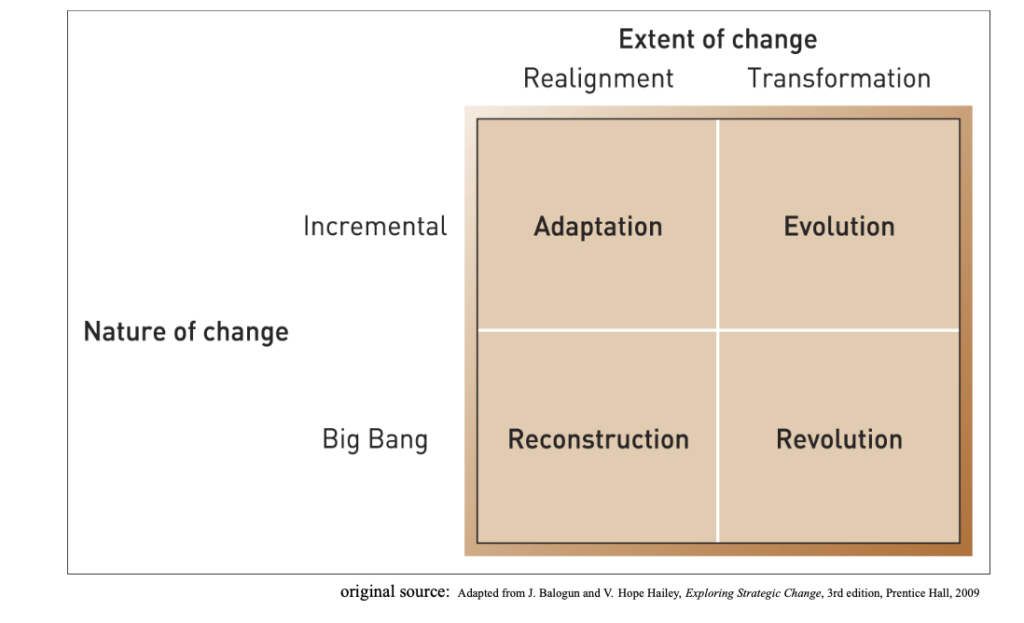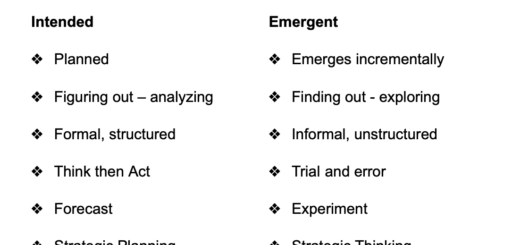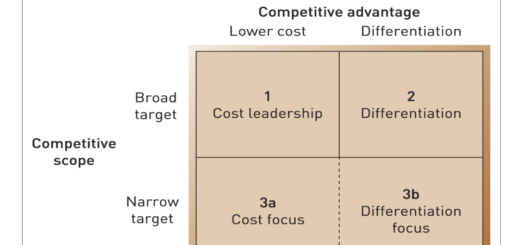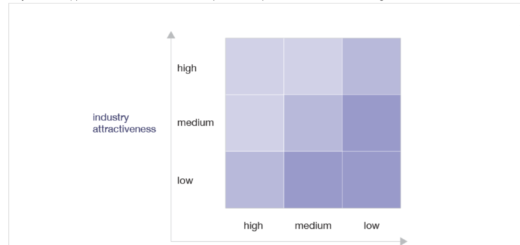Types of Strategic Changes
These are four common types of strategic change that organizations may undergo, as identified by Donaldson and O’Toole:

- Adaptation: This type of change is characterized by incremental adjustments to existing strategies, processes, products, or services. It can be accommodated within the existing culture of the organization and may occur gradually over time. Less fundamental change is implemented slowly through staged initiatives. Example: P&G
- Reconstruction: This type of change involves rapid and significant adjustments to existing strategies, processes, products, or services, without fundamentally changing the culture of the organization. Change is undertaken to realign the way the organization operates, but in a more dramatic manner than adaptation. Often forced and reactive due to a changing competitive context. Example: IBM
- Revolution: This type of change involves fundamental changes in both strategy and culture. It is often required when the organization is facing significant challenges or disruptions and needs to make sweeping changes to remain competitive. Transformational change is implemented gradually through different stages and interrelated initiatives. Likely to be planned, proactive change was undertaken in response to anticipation of the need for future change. Example: Apple
- Evolution: This type of change involves cultural change over time, often through a process of trial and error. It may require experimentation with new strategies, processes, products, or services, as well as a willingness to learn from mistakes and adjust course as needed. Transformational change occurs via simultaneous initiatives on many fronts, and often in a relatively short space of time. More likely to be forced and reactive due to the changing competitive conditions the organization is facing. Example: NTC
In summary, these four types of strategic change reflect different levels of disruption and cultural change that may be required for an organization to adapt to changing market conditions, technological advances, and shifting customer needs. The choice of which type of change to pursue will depend on the specific circumstances and goals of the organization.




